Automation has transformed the marketing world as we know it from every digital touchpoint. From an advertising perspective, the development of biddable media has completely changed the game as far as how advertisers are purchasing ad space. What is biddable media? Biddable media is digital advertising that can be purchased through a third party action platform in real-time. This automated form of ad placement uses data to target specific audiences at the right place and at the right time- drastically increasing the effectiveness of brand’s advertising campaign’s. The amount of money spent on media channels where media is secured via a bidding structure is expected to rise within the next few years. Here are three tips on how your brand or agency can get the most out of biddable media:
Tip 1: Truly Understand “Biddable” Media
“Biddable” is different than traditional media buying in that the highest bid typically wins, so the art of negotiation – a benchmark of many traditional media buying agencies – becomes somewhat moot. With adjustments in “header bidding”- a process that provides better equality across bidding platforms- and “second price” auction- the actual price you pay as high bidder- agencies and brands need to ensure they are pivoting from negotiation-based strategy to biddable strategy. An example of this is understanding you can buy 100 cable spots for one dollar each, but if they all run on unwatched networks, what’s the point?
Tip 2: Understand How Biddable is Priced
One of the biggest mistakes still being made today by both brands and agencies is understanding that CPM (cost per thousand) is relevant, but not in the same way most media buyers search for the lowest price with traditional media. Often lowest CPM can be less desirable inventory or inventory lacking in some of the data partnerships that will deliver a much more targeted audience profile. Agencies and brands should begin to better understand the variables that make up the actual parts of a CPM to ensure the right inventory is being bid on and at the right price. An example of this is realizing that reaching a million people is great but it’s often smarter to reach 100,000 that are actually looking to buy in your category – which is where data partnerships can help.
Tip 3: Require True Transparency
Typically a CPM is like an onion – made up of various layers, with a part of each dollar going to publisher, platform, trader, data partner, administrative, and profit. Some providers, like YouConnex, have begun to provide True Transparency to help brands and agencies better understand each layer. Doing so helps level the playing field and ensures bids are guided by strategies and tactics and not a dive to lowest CPM or highest profit. It also allows you to test campaigns to see which is most efficient at delivery of key performance indicators. The lowest CPM doesn’t necessarily equate to most efficient! An example of this is that without transparency, there is a vested interest in your partner bidding on the cheapest inventory to hit a “CPM goal” that may also increase their profit margins. Use these tips to ensure your next biddable campaign is built around results and not just the cheapest price!

Sean Halter
Principal, Connectivity Holdings. Connectivity Holdings invests in emerging companies in the digital, data science, media and marketing landscapes.













